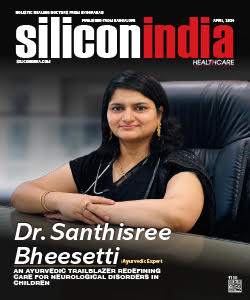India's Winning Plan to Fight AIDS Holds Hope for Africa
Washington: A highly successful AIDS prevention programme launched in India by the Bill & Melinda Gates Foundation holds hope for Africa where over two- thirds of the people with the deadly disease live and claimed some 1.3 million lives in 2009.
"There is so much demand for these learnings in Africa," Alkesh Wadhwani, head of the foundation's India programmes, told IANS.
"Multiple countries visit us and seek all the tools and techniques we use to scale up their programme with sex workers," said Wadhwani who was here to attend the just concluded International AIDS Conference.
In just one year, official teams have come to visit the foundation from seven eight African countries, including Cote d'Ivoire, Ghana, Kenya, Nigeria and South Africa. Surprisingly, even Thailand, which pioneered such initiatives with a very successful programme in the 1990s, visited.
"The irony is that when we started in 2003, we went to Thailand to learn how to launch these programmes," Wadhwani said.
At a cross-learning session between Africa and India at the AIDS conference, four African nations which had seen the Indian programme effectively conveyed that they were looking at how they can scale up their programmes in quality and intensity by following the Indian model.
Although Africa is home to about 14.5 percent of the world's population, it is estimated to be home to 22.5 million or 69 percent of all people living with HIV and at 1.3 million accounted for about 72 percent of all AIDS deaths in 2009, according to UNAIDS Report on the Global AIDS Epidemic 2010.
As part of its concept of country ownership of programme, the Gates Foundation has over the last three years gradually transferred the AIDS programme to the Government of India and it has since been integrated with the National AIDS Control Programme (NACP).
Called Avahan, the Gates Foundation initiative has over the last nine years invested $338 million to support targeted HIV prevention programmes in the six Indian states and 600 towns with the highest HIV prevalence, and along the nation's major trucking routes.
"The biggest success for us is that the four states that account for 70 percent of all infections in India were able to bring down the incidence by over 75 percent over three years we were there," said Wadhwani.
The incidence in general population has come down from 1.5 percent to 0.3 percent.
"The beauty is you can bring it down without working with anyone in the general population, by only focusing on sex workers," he said.
In 2006, UNAIDS estimated that there were 5.6 million people living with HIV in India. By 2009, their number had come down to an estimated 2.4 million.
The Foundation continues to play a key role in building and strengthening the community of sex workers, who actually ran half of its programmes before they were handed over to the government.
"It's a very tough thing to do because the community of sex workers is largely non-literate and carries a lot of stigma," said Wadhwani. "So it does not take naturally for most people to say that these people take the lead in running the programme."
The Gates Foundation's strategy has been actually to focus on Africa, where the bulk of infections are, he said. Now that it has had a measure of success in India, "we are intensifying the effort to transfer these learning to Africa".
The AIDS programme is no longer called Avahan in India, but it's the Avahan model of running programmes that serve the groups that are most vulnerable to HIV infection, that the foundation is transferring to Africa.



